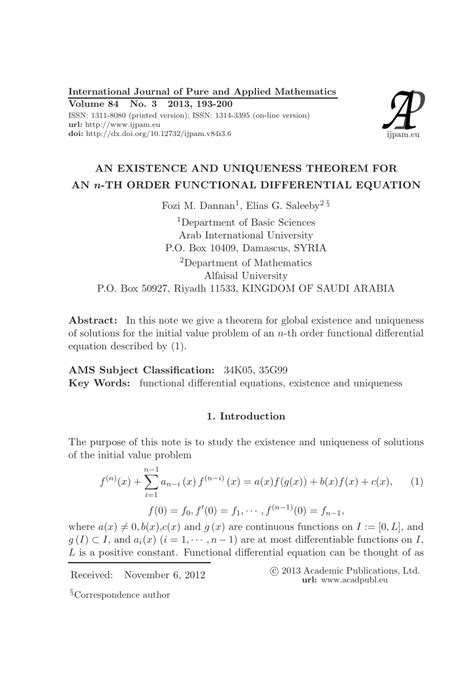The value of uniqueness: NFTs generated by Ia explained
In the field of digital and collectible art, the emergence of non -fungible tokens (NFTs) caused a new wave of interest between artists, collectors and enthusiasts. One of the most fascinating aspects of NFTs is the ability to create unique and unique digital actives that can be bought, sold and negotiated as traditional art pieces. In the heart of this phenomenon, there are NFTs generated by Artificial Intelligence (AI), which shake the lines between creativity, technology and property.
What are NFTs generated by AI?

The NFTs generated by AI are exclusive digital actives created using artificial intelligence algorithms that generate works of art, music or other creative content. These assets can be anything from 3D models to paintings, songs or even whole narratives. The process usually involves training a machine learning model in a vast set of existing art and content data, which allows AI to learn patterns, textures and styles.
Once trained, the AI algorithm can generate new original and virtually indistinguishable content of its man -made counterparts. This unique aspect of IA generated NFTs has led to a significant interest among collectors, who appreciate the exclusivity and scarcity of these digital assets.
How are the NFTs generated by AI created?
The creation process usually involves several steps:
- Training data : A large set of art, music, or other existing creative content is used as training data for the AI algorithm.
- Model Development : AI model learns from training data to identify patterns and exclusive styles of its human creators.
- Content Generation : Once I was going to learn to generate content, it can create new parts using a combination of machine learning algorithms and creative inputs.
- Verification : The content generated is then verified by a human curator or validator to ensure that it meets the desired quality standards.
Main NFT features generated by AI
The NFTs generated by IA have several important features that differentiate them from traditional art:
* Singularity : Each piece is created using algorithms there, making it virtually impossible to replicate exactly.
* Scarcity : The creation process involves a limited number of iterations, ensuring that each piece of content generated is rare and exclusive.
* Flexibility : AI NFTs can easily be modified or updated simply by using AI model in new training data.
The NFT business model generated by AI
The NFTs business model generated by IA is around licensing rates, sales transactions and revenue generated from the property and negotiation of these digital assets. Here are some -chave aspects of the market:
* Licensing rates : AI NFTs can be licensed to companies, artists or other collectors at a fixed rate per piece.
* Sales Transactions : NFTs can be sold through on -line markets, such as opensea, rare or superrare, where buyers can buy them and negotiate them with others.
* Revenue Flows : AI NFTs can also generate revenue from sales, auctions or other secondary business models.
Challenges and limitations of the NFTs generated by AI
Although the NFTs generated by IA have opened new paths for expression and artistic marketing, they also raise several concerns:
* Authenticity : The lack of human supervision and creative contribution can lead to questions about the authenticity and property of the content generated by AI.
* Regulation : The market is not yet widely regulated, which raises concerns about intellectual property rights and the copyright law.
* Consent : Artists and creators should obtain explicit consent of individuals whose work will be used in NFT.


